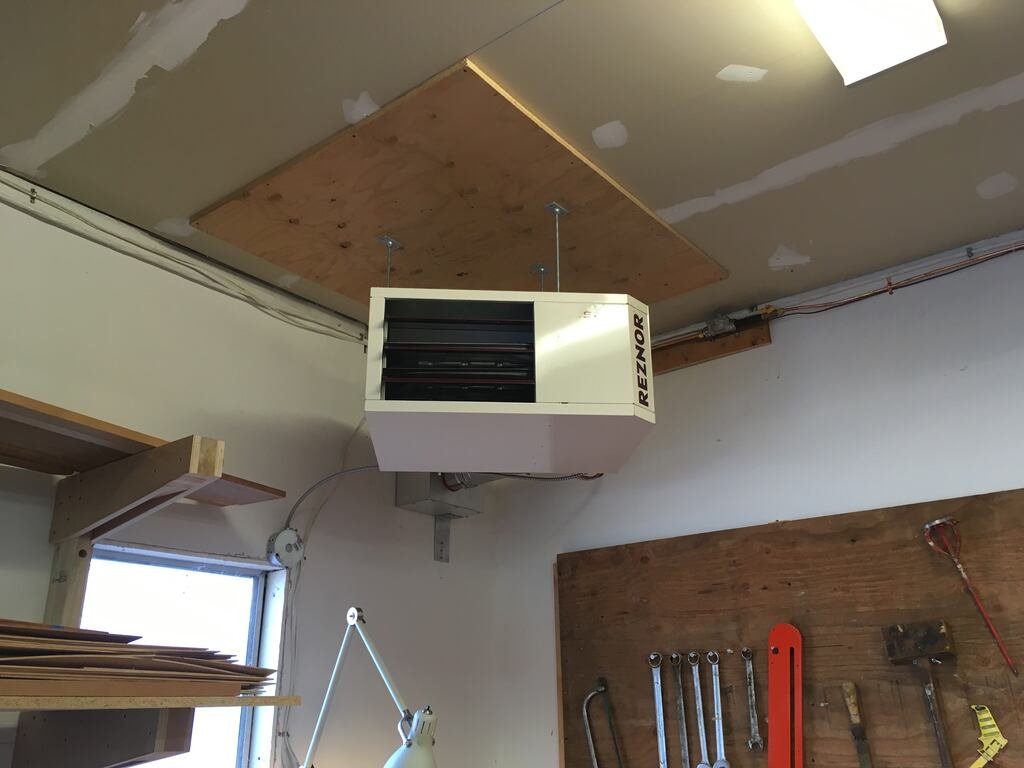Between a highly competitive market and costs skyrocketing due to inflation, companies that specialize in building homes need every advantage available. Nowhere is this more evident than when it comes to implementing new technologies that can help improve building quality, speed up work or reduce long-term costs.
Keeping Up with Your Competition
After all, if you drop the ball on investing in a cutting-edge piece of equipment, you can be sure a competitor is using that same device to gain an advantage over you rather than the other way around.
While any new technology proven essential to the job will eventually become a standard to the industry, getting ahead of your competition early on can provide an enormous advantage for a short time, which will continue to pay off later.
Is New Technology Dangerous to Jobs?
Those who have enjoyed successful careers in the construction industry for many years tend to have a reputation for being wary of newer tools and equipment. However, while this statement may have held true in the past, it is becoming less likely with each passing year.
One of the reasons for this might be because it is challenging today to find many people who are not eager to use smartphones. Perhaps this trend has led to a broader acceptance of other kinds of technology on the jobsite.
Alternatively, those who are not swayed by their enjoyment of electronic devices tend to become convinced when they see any new piece of equipment come into play as an economic benefit. When using an essential tool can help a business earn a significant boost (or be overwhelmed by competition), attitudes quickly change.
In light of the potential for new devices that can improve the construction industry, here are a few examples of technology you’ll want to watch out for in 2023 if you’re in the business of building homes.
Energy-Efficient Windows
Energy efficiency windows, window treatments, and appliances might not be a brand-new invention or a concept that you’ve never heard of before, but their exponential popularity growth is bound to keep energy-saving concerns on any list of new building technology for years to come.
Additionally, while the concept of an energy-efficient window is not new, the technology is continually developing as the demand for better energy-saving increases. If you’re interested in adding energy-efficient windows to your next building project, you’ll need to partner with a window supplier like Casa Bella Windows & Doors that can offer you a wide selection of attractive and functional options.
3D Printing
As with energy-efficient windows, 3D printing wasn’t invented in 2023. 3D printers have even been available to home consumers for a few years now. What’s new about 3D printing is its increased use in the construction industry and the new applications constantly being discovered for this technology.
3D printing allows building designers to digitally craft innovative building materials like three-dimensional objects. Since the possibilities for what type of object you can create with a 3D printer range from the very small to the very large, the applications seem virtually endless. Along with the potential for problem-solving, 3D printing can allow home builders to save countless hours in labour costs and reduce waste.
Augmented Reality
If you know how virtual reality works, you’ll have an easier time understanding the concept of augmented reality. Unlike virtual reality, where you enter a digital space that is entirely new, augmented reality allows people to layer digital information on top of the real world.
If this sounds like you’ve just stepped into the future, then you might be correct. Still, building designers use augmented reality to visualize a final project before completion, which holds enormous potential for increased worker safety by reducing accidents.
Drones
Drones are powerful yet small, flying vehicles. While you might think of drones as fitting in more readily in military applications and for delivery services, they can also be beneficial on the work site of a home building project. Drones can transport small amounts of building materials and equipment around the jobsite, but they are even more helpful as monitoring devices.
Since drones can fly and hover in one place, they can easily perform inspections of a building from views where people cannot go without the help of much more expensive equipment. Additionally, drones can perform extensive specialized scans of a structure, using tools like thermal cameras to provide builders with new information to ensure the project is safe and secure.
Final Words
You might be thinking that you won’t need every type of new technology on this list at your worksite, but you should remember to keep an open mind. The most successful (and lucrative) applications for any new technology will always be the most imaginative ones. In the meantime, contact a window supplier to ensure you’re installing energy-efficient windows in your homes.
Recommended Posts:
















